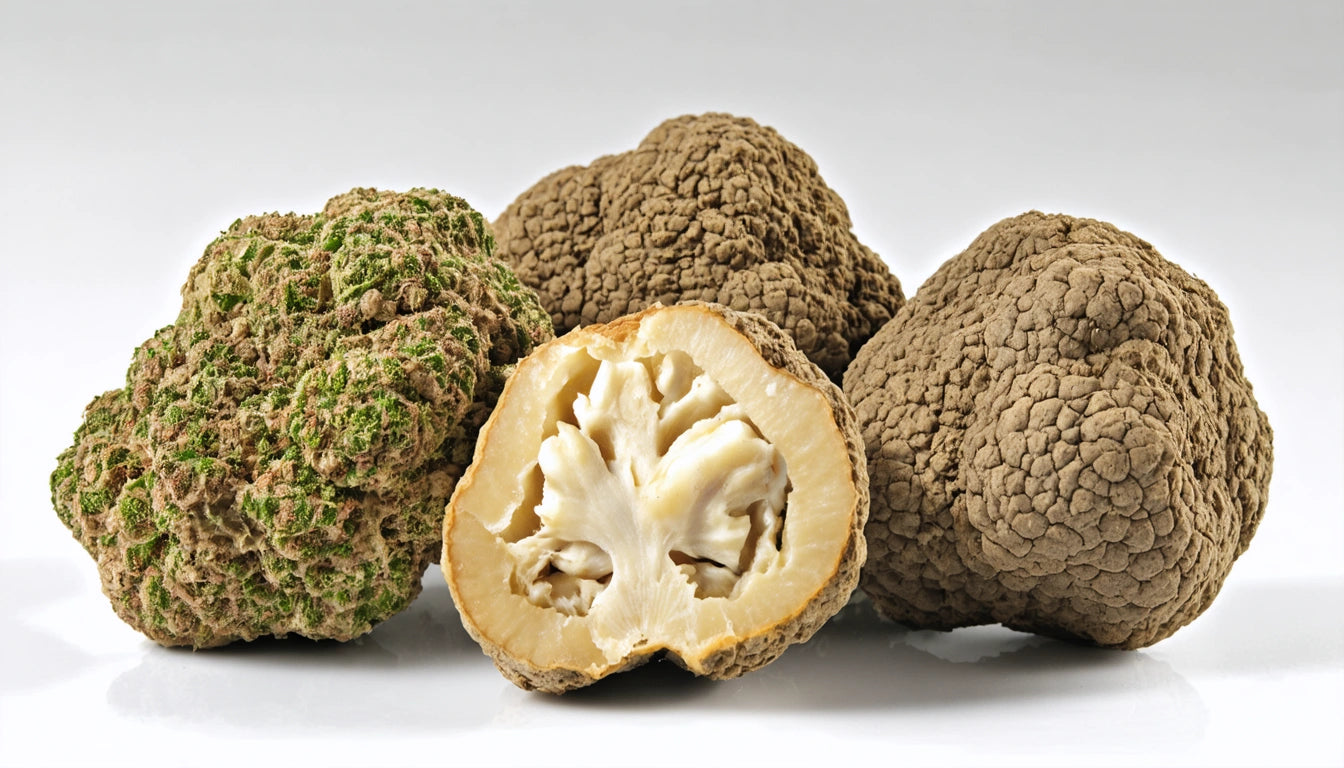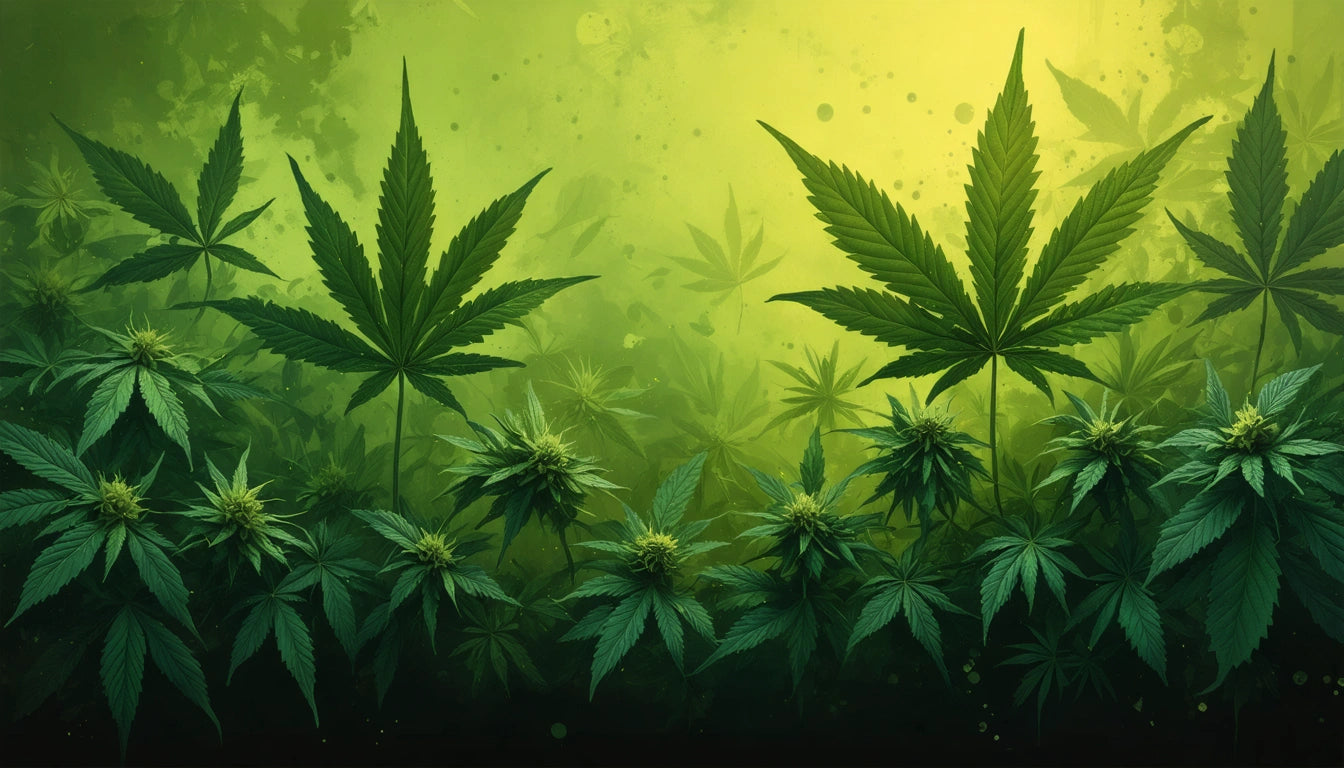Table of Contents
- White Truffle Strain Overview: Origins and Genetics
- Is White Truffle an Indica or Sativa? Exploring Its Classification
- Effects and Potency of White Truffle
- Terpene Profile and Aroma Characteristics
- Growing Characteristics and Physical Appearance
- Similar Strains to White Truffle
- Best Uses and Applications for White Truffle
Is White Truffle an Indica or Sativa Strain?
White Truffle has gained significant popularity among cannabis enthusiasts for its potent effects and unique flavor profile. When consumers ask whether White Truffle is an indica or sativa strain, they're seeking to understand its effects, growth patterns, and potential benefits. This comprehensive guide explores White Truffle's classification, characteristics, and what makes it distinctive in the crowded cannabis market.
White Truffle Strain Overview: Origins and Genetics
White Truffle is predominantly an indica-dominant hybrid strain, typically with an indica-to-sativa ratio of approximately 70% indica and 30% sativa. This potent cultivar was created by crossing Gorilla Butter and another strain believed to be from the OG Kush family, though its exact parentage remains somewhat debated among breeders.
Developed by Fresh Coast Seed Co., White Truffle has quickly established itself as a premium offering in dispensaries across legal markets. Its name derives from its distinctive aroma, which resembles the earthy, musky scent of the prized culinary truffle, combined with its heavy trichome coverage that gives buds a white, frosted appearance.
Is White Truffle an Indica or Sativa? Exploring Its Classification
While modern cannabis science has moved beyond the simple indica/sativa binary, understanding where White Truffle falls on this spectrum helps consumers anticipate its effects. As explained in our guide to understanding the differences between indica and sativa, these classifications traditionally refer to physical characteristics and effect profiles.
White Truffle exhibits primarily indica-dominant traits:
- Dense, compact bud structure
- Shorter, bushier growth pattern
- Predominantly relaxing, body-focused effects
- Higher CBD-to-THC ratios than typical sativas
However, its sativa genetics contribute to a balanced experience that doesn't completely sedate users, similar to how White Widow balances its indica and sativa characteristics for a more nuanced effect profile.
When categorizing strains like White Truffle, it's important to remember that the indica/sativa distinction is increasingly viewed as an oversimplification by cannabis researchers, who now focus more on cannabinoid and terpene profiles to predict effects.
Effects and Potency of White Truffle
White Truffle is renowned for its high potency, with THC levels frequently testing between 22-28%, placing it among the more potent strains available. For precise measurement of potency in commercial or personal settings, accurate digital scales designed for cannabis applications are essential tools for both consumers and producers working with this powerful strain.
Users typically report the following effects:
- Initial cerebral uplift and mood enhancement
- Followed by deep physical relaxation
- Potential pain relief and muscle tension reduction
- Moderate to strong sedation in higher doses
- Appetite stimulation
This effect profile aligns with what consumers typically expect from indica-dominant hybrids, as detailed in our exploration of characteristics of popular cannabis strains.
Terpene Profile and Aroma Characteristics
White Truffle's distinctive aroma and flavor profile comes from its unique terpene composition, which contributes significantly to its effects beyond the simple indica/sativa classification. The dominant terpenes include:
- Caryophyllene: Provides spicy, peppery notes and potential anti-inflammatory effects
- Limonene: Contributes citrus undertones and mood-elevating properties
- Myrcene: Adds earthy, musky characteristics and enhances sedative qualities
- Humulene: Brings subtle woody, earthy elements
These terpenes create White Truffle's complex aroma profile, described as earthy and gassy with hints of citrus, mushroom-like umami, and a distinctive truffle-like muskiness that gives the strain its name.
Growing Characteristics and Physical Appearance
White Truffle displays growing patterns consistent with its indica-dominant genetics:
- Medium height plants with sturdy, thick stems
- Dense foliage and relatively close internodal spacing
- Flowering period of approximately 8-9 weeks
- Moderate to high yields
- Exceptional resin production
The buds themselves are typically dense, rounded, and absolutely coated in trichomes, giving them a distinctive white appearance that contributes to the strain's name. The leaves often display deep green coloration with occasional purple hues when exposed to cooler temperatures during flowering.
Similar Strains to White Truffle
For consumers interested in White Truffle's effects profile, several comparable strains offer similar experiences:
- Gorilla Glue: Shares the heavy resin production and potent effects
- Wedding Cake: Offers similar balanced hybrid effects with sweet undertones
- Runtz: Another balanced hybrid with exceptional flavor, though Runtz strains vary in their indica/sativa balance
- GMO Cookies: Provides comparable potency with a more pungent aroma profile
- Ice Cream Cake: Delivers similar relaxing effects with a sweeter flavor profile
Understanding these alternatives helps consumers navigate options when White Truffle isn't available, as outlined in our guide to decoding the genetics of popular cannabis strains.
Best Uses and Applications for White Truffle
White Truffle's balanced but indica-leaning profile makes it suitable for various applications. Many consumers report it being particularly effective for:
- Evening relaxation and unwinding
- Stress and anxiety reduction
- Pain management and physical discomfort
- Insomnia and sleep issues (in higher doses)
- Appetite stimulation
Due to its potency, new users should approach White Truffle cautiously, starting with lower doses to gauge individual responses. Its strong effects make it more suitable for experienced cannabis consumers or those specifically seeking powerful relief from symptoms.
While White Truffle is technically a hybrid, its indica-dominant characteristics make it more aligned with evening use rather than daytime productivity. Understanding this classification helps consumers make informed choices based on their specific needs and desired effects, as detailed in our comprehensive guide to popular cannabis strains.











Leave a comment
All comments are moderated before being published.
This site is protected by hCaptcha and the hCaptcha Privacy Policy and Terms of Service apply.